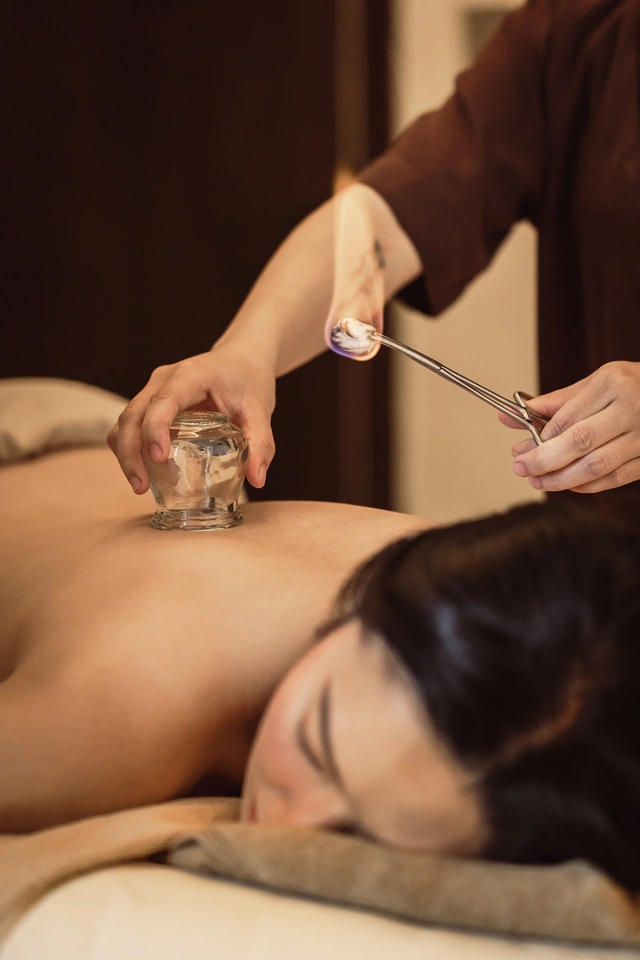
Ho Chi Minh City to become a hub for medical tourism
Following its recent merger, Ho Chi Minh City now has access to an extended stretch of coastline running from Can Gio to Con Dao. This expansion presents a golden opportunity to blend the city’s healthcare strengths with leisure tourism, paving the way for it to become the ‘Vietnam Health Bay Area.’
Vietnam's recent administrative merger, officially effective on July 1, reduced 63 provinces and cities to 34 units, eliminating the district level, enhancing efficiency, cutting costs, and optimizing resources.
As such, Binh Duong Province and Ba Ria-Vung Tau Province were amalgamated into Ho Chi Minh City.
Larger units are expected to boost regional development and public management.
The merger gives Ho Chi Minh City a new strategic advantage by linking it more closely with Vung Tau and Con Dao, a coastal city and an island, respectively, under former Ba Ria-Vung Tau.
These areas provide marine and island tourism potential Ho Chi Minh City previously lacked.
With these coastal additions, the city is now better equipped to build a flagship economic sector centered on medical tourism.
Within the next decade, international visitors may associate the city not just with food and scenery, but also with high-quality medical care and wellness services.
Vast market potential
According to the Ministry of Health, before the COVID-19 pandemic, about 300,000 foreign visitors came to Vietnam each year for medical services.
Ho Chi Minh City attracted over 40 percent of these visitors and led the country with approximately 30 tourism routes that paired sightseeing with services like health check-ups, dental care, and cosmetic surgery.
Globally, health tourism was valued at nearly US$105 billion in 2022 and is projected to reach $273 billion by 2030.
Asia dominates the market, with countries such as Thailand, India, and Singapore at the forefront.
Thailand alone welcomed around three million medical tourists in 2023, generating $850 million in revenue.
Compared to these destinations, Vietnam has clear advantages, including medical costs being only 30-50 percent of Thailand's and service quality rivalling or exceding it in many high-tech areas.
At the University Medical Center Ho Chi Minh City, many patients from the United Kingdom, Germany, and Australia seek cosmetic procedures.
Costs are six to ten times lower than in their home countries, with shorter wait times and high service standards.
This highlights the trust placed in the city's healthcare system.
Since the pandemic, global travel habits have changed, as more travelers now prioritize health and wellness.
By 2030, Ho Chi Minh City aims to turn medical tourism into a recognized regional brand.
A comprehensive development strategy
With its expanded coastline, the city is in a strong position to develop a 'coastal medical tourism service cluster.'
This could include beach resorts integrated with top-tier medical centers from Ho Tram and Long Hai to Can Gio and even Con Dao.
Ba Ria-Vung Tau already boasts advanced tourism infrastructure, including numerous luxury resorts.
The city could attract investment to establish international hospitals in the area, such as a 200- to 300-bed facility linked with global healthcare groups.
Long Hai and Ho Tram are quiet, scenic areas that support recovery. These spots are also located near a planned expressway to Long Thanh International Airport, making access easy for international patients.

Health and wellness tourism is on the rise in Vietnam. Photo: Namia River Retreat
Diversifying health tourism services
In addition to surgery and medical treatment, the city could offer wellness experiences that focus on prevention. This includes mineral mud baths, therapeutic spas, yoga, meditation, and detox retreats.
Binh Chau's mineral springs could be transformed into a world-class rehabilitation and elderly care center.
Visitors could enjoy mineral therapy and physiotherapy designed for joint and bone conditions.
Luxury coastal resorts in Con Dao and Long Hai could also offer yoga, stress relief, and mental wellness packages.
Mental wellness tourism is a growing niche, with travelers in this segment spending up to twice as much as regular tourists.
To meet the high expectations of medical tourists, the city must upgrade its overall hospitality environment, including improved food safety, basic medical training for hotel staff, and post-surgery menus tailored to guests' needs.
Target markets include nearby countries like Cambodia, Laos, and Myanmar, with potential customers being long-haul travelers from Australia, the United States, and Europe who want to combine medical care with leisure.
To build momentum, Ho Chi Minh City should brand itself as the 'Vietnam Health Bay Area' and host an annual international medical tourism fair in Vung Tau or Ho Tram.
The event would attract hospitals, tour companies, and insurance providers from around the world.
If planned and executed effectively, medical tourism could become a key pillar of the city's economy, providing long-term growth and stability.
Combining health and natural beauty is a powerful way for Ho Chi Minh City to set itself apart and advance its goal of becoming a top-tier regional service hub.
Challenges, solutions in developing medical tourism
The sector still faces serious challenges.
There is a lack of highly trained medical personnel in some specialties, and around 40,000 Vietnamese travel abroad for treatment each year, spending billions of dollars.
This indicates that trust in domestic services is still modest among high-end patients.
To improve the situation, international hospitals in Vietnam should collaborate with travel firms to offer all-in-one packages.
These could include airport pickups, medical interpreters, and sightseeing opportunities for patients' families.
* This article was originally written in Vietnamese by Dinh Hong Ky, deputy chairman of the Ho Chi Minh City Business Association, and rewritten in English by Tuoi Tre News.
Dinh Hong Ky (Vice Chairman, Ho Chi Minh City Business Association) - Kim Thoa - Tuoi Tre News
Link nội dung: https://news.tuoitre.vn/ho-chi-minh-city-to-become-a-hub-for-medical-tourism-103250814105858932.htm